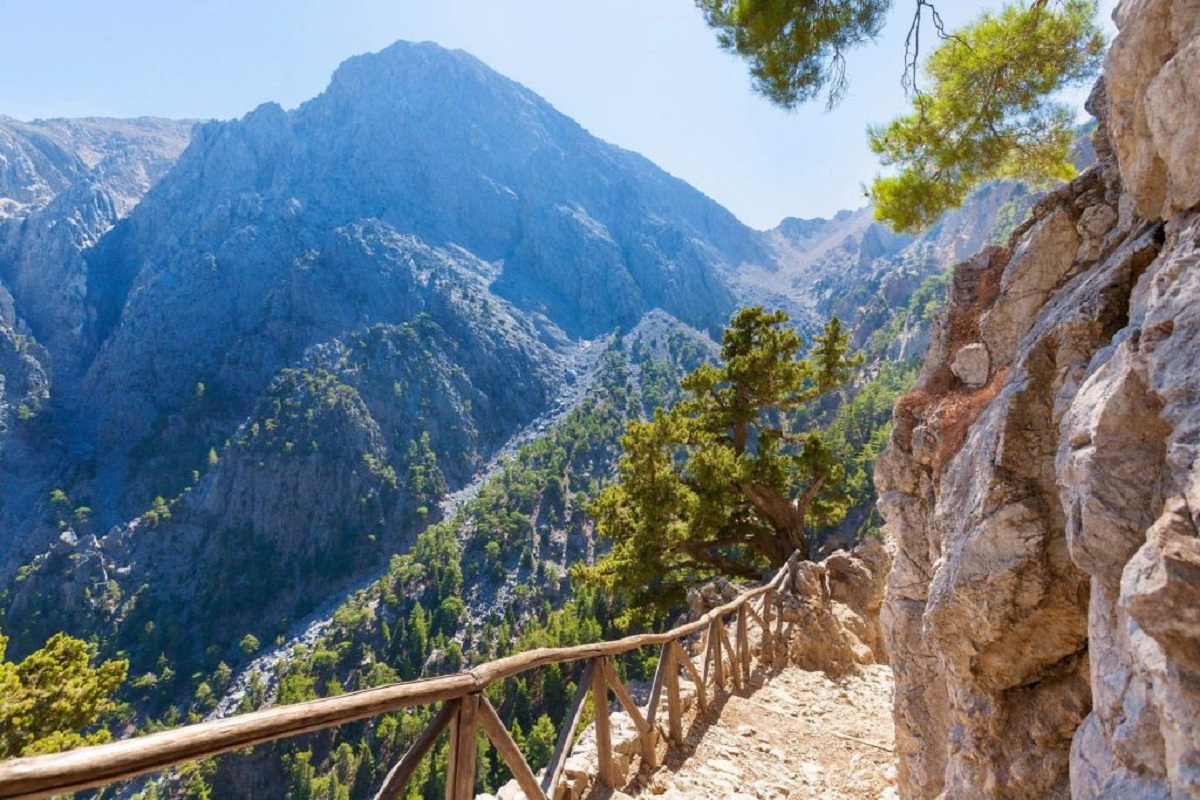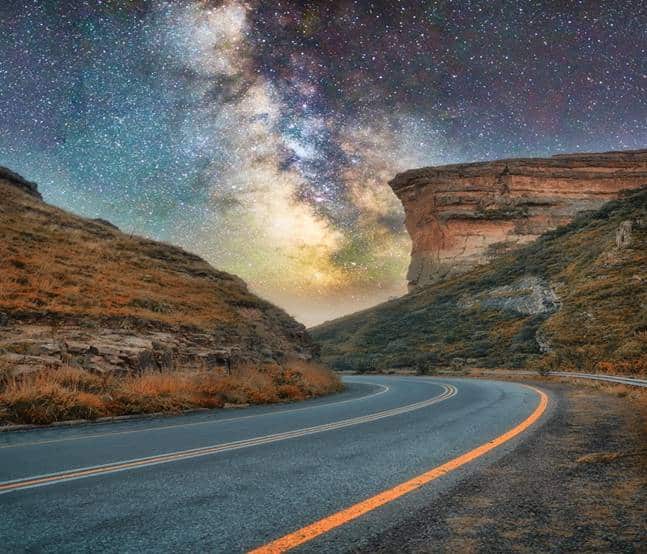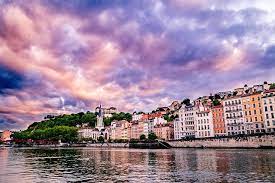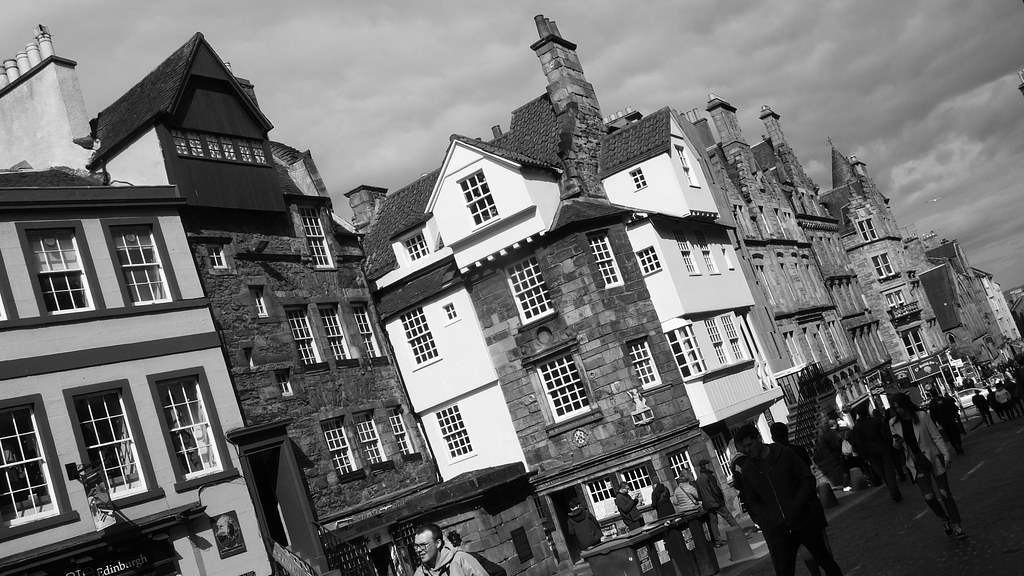Guide to Samaria: Greece’s Sprawling Haven for Biodiversity
Located in the rugged White Mountains of Crete, Samaria National Park is one of Greece’s most awe-inspiring natural treasures. Known for its dramatic landscapes, rare wildlife, and cultural significance, the park draws thousands of visitors every year. Many come here to walk its legendary gorge and experience the unspoiled beauty of southern Crete.
Established in 1962, Samaria National Park was created to protect the endangered kri-kri goat, a wild species found only on Crete and a few neighboring islands. Over time, the park has evolved into a haven for biodiversity. Endemic plant species flourish in its limestone cliffs, forests, and riverbanks, and birds of prey like the griffon vulture soar overhead. Here’s our comprehensive guide to Samaria National Park;
Please Download Our Mobile App here.
Overview of Samaria National Park
Samaria National Park, found in western Crete, stands out as one of Greece’s most captivating protected areas. Known also as Samariá Gorge National Park, it is home to the longest gorge in Europe. It stretches 16 kilometers through the rugged terrain between the White Mountains, or Lefka Ori, and Mount Volakias.
At certain points, this gorge narrows to less than 2.5 meters wide, forming dramatic natural corridors that hikers pass through in awe. Covering about 75 square kilometers, the park lies along the central southern coast of Crete and holds the distinction of being the island’s only national park.
A river originating in the upper mountains winds through the gorge and flows toward the Mediterranean Sea. The Iron Gates, one of the park’s most iconic features, marks a particularly narrow and steep section where towering cliffs close in above.
While the Samaria Gorge is the main draw, the park also shelters remnants of the ancient village of Samaria, offering a quieter historical dimension. Visitors who explore the full route from high mountain trails down to sea level are treated to both the power of Crete’s geography and the richness of its biodiversity.
Wildlife in Samaria National Park

Samaria National Park is a sanctuary of biodiversity, teeming with wildlife uniquely adapted to the rugged terrain of the White Mountains. Among the park’s most celebrated inhabitants is the kri-kri, or Cretan wild goat, a nimble and muscular creature that symbolizes the wild spirit of Crete. As the largest wild animal on the island, the kri-kri is often the top sight on every visitor’s list.
The park is also home to a host of other remarkable creatures. The elusive Cretan wildcat, rarely seen by hikers, silently roams the more remote corners of the park. Birds of prey dominate the skies, with majestic species such as the golden eagle, griffon vulture, and the striking bearded vulture all nesting within the cliffs. Bonelli’s eagle and a variety of songbirds also thrive here, making the area a hotspot for birdwatchers.
In addition to these aerial giants, the park shelters smaller mammals like rabbits, hares, and several species of bats. The park also supports a wide range of reptiles and amphibians, along with an impressive variety of insects—from colorful butterflies to buzzing grasshoppers and beetles. What truly sets Samaria apart, though, is its concentration of endemic species.
Best Time to Visit Samaria National Park
The ideal time to visit Samaria National Park is during the shoulder months; May, early June, late September, and October. During these months, the conditions for hiking within the park are at their best. These periods offer cooler, more comfortable temperatures and significantly fewer crowds than the peak summer season.
In spring, especially from May to early June, the park comes alive with blooming wildflowers and fresh greenery, making the journey through the gorge even more scenic. Late September into October brings mild weather and a quieter atmosphere, perfect for those who prefer a more tranquil experience.
Although the park is open from May 1st to October 31st, it’s important to keep in mind that access depends on weather conditions. Heavy rain, storms, or extreme heat can lead to temporary closures, so check the official website or contact park authorities before setting out.
July and August are best avoided if possible, as high temperatures and peak tourist numbers can make the hike less enjoyable. Planning your visit around the shoulder seasons ensures a more rewarding and comfortable adventure through one of Crete’s most iconic landscapes.
Getting to Samaria National Park

Getting to Samaria National Park from Athens is an adventure itself. The quickest and most popular way is to fly from Athens to Crete, landing either at Chania International Airport or Heraklion International Airport. From Chania, you can catch a direct bus to Omalos, where the northern entrance of the Samaria Gorge, known as Xyloskalo, is located.
Another route is to take a bus from Chania to southern coastal towns like Chora Sfakion, Sougia, or Paleochora, and then board a ferry to Agia Roumeli. The village is located at the southern exit of the gorge. If you land in Heraklion, you’ll need to take a bus to Chania first, and then follow the same options from there.
For those preferring to travel by sea, overnight car ferries from Piraeus (Athens’ port) sail to Chania’s Souda Port or to Rethymno. From Rethymno, a connecting bus ride will get you to Chania, and then on to Omalos or a ferry hub. Another lesser-used alternative is to take the ferry to Kissamos and continue via ferry to Sougia before heading inland by bus.
Other Activities in Samaria National Park
While the main draw of Samaria is undoubtedly the dramatic Samaria Gorge, it is the journey through this natural marvel that defines the park experience. The highlight along the trail is the section known as the Gates, or Iron Gates. Here, the walls of the gorge dramatically close in to just over 13 feet wide and rise nearly 1,000 feet into the air.
This narrow, towering corridor creates a breathtaking and humbling moment for anyone passing through. Along the cliffs and crags of the gorge, hikers may also catch a glimpse of the elusive kri-kri, the wild Cretan goat known for its agility and steep mountain habitat. Besides hiking, there are no additional recreational activities. Visitors are not allowed to camp, swim, or remain overnight in the park.
Park Fees in Samaria National Park
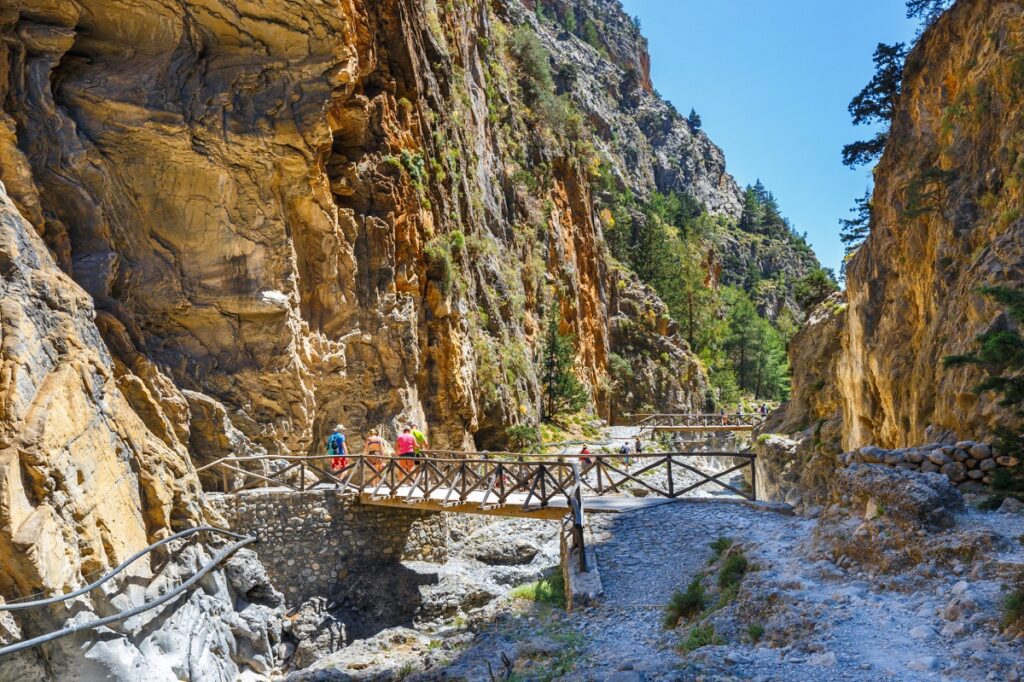
Samaria National Park charges an admission of €5 for adults. Children under the age of 15 enter for free. The fee is the same whether you’re tackling the full 16-kilometer trek through the gorge or just exploring a section of the trail. It’s important to hold on to your ticket throughout your visit, as it will be checked when you exit the park.
FAQs
Is Samaria National Park worth visiting?
Samaria National Park is widely regarded as a worthwhile destination, especially for travelers with a passion for nature and hiking. Its centerpiece, the Samaria Gorge, is one of Europe’s longest and most striking gorges. The experience of trekking through the gorge is both physically rewarding and visually unforgettable.
How long to spend in Samaria National Park?
Plan a full day to comfortably explore the park. The trail stretches 16 kilometers through rugged terrain and typically takes between five to seven hours to walk. However, this can vary based on your fitness level, how often you stop for photos or rest, and how long you linger at scenic points.
Conclusion
Samaria National Park is a symbol of Crete’s wild and resilient character. It offers a rare combination of physical challenge, ecological richness, and cultural depth. Whether you’re a seasoned hiker or a curious traveler seeking raw beauty, the journey through Samaria is a powerful reminder of nature’s grandeur and the importance of preserving it.
